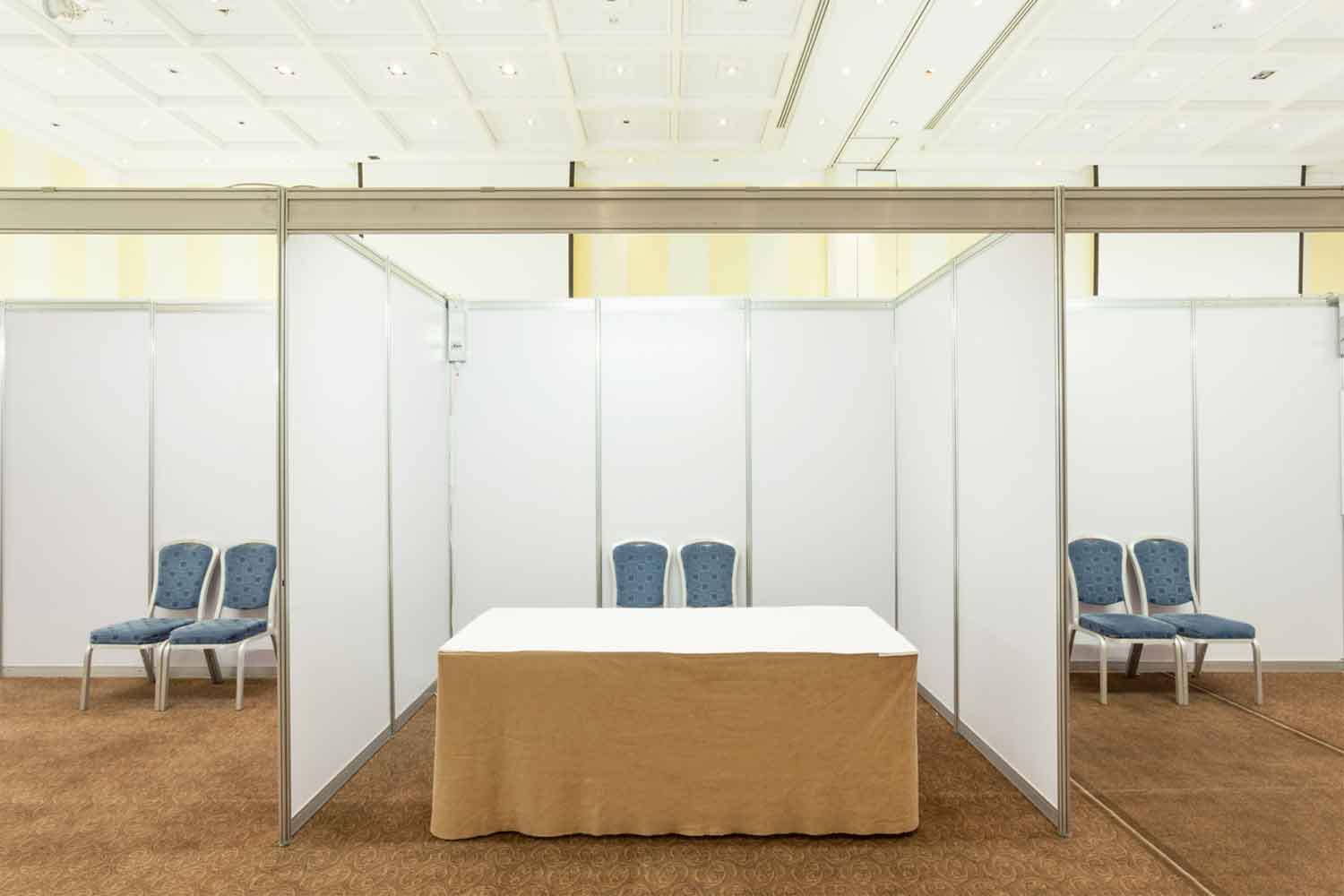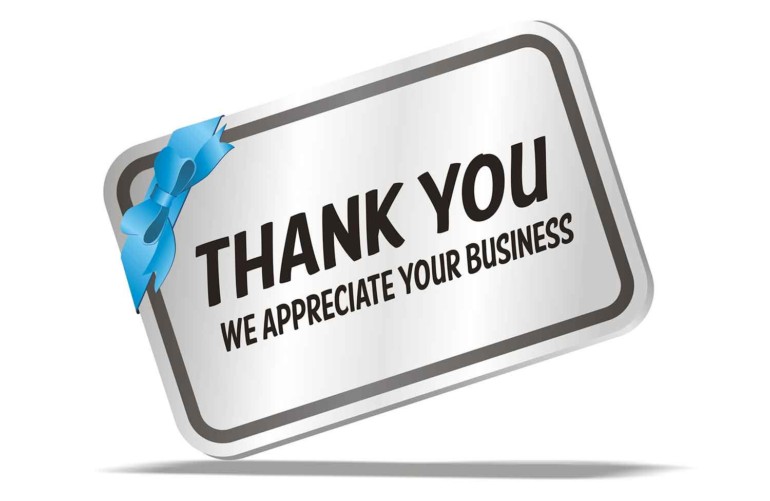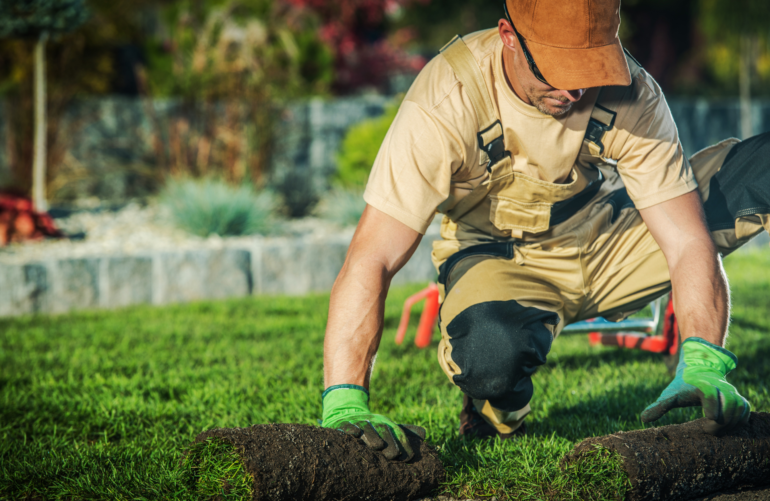Trade show last week was a total disappointment. More than the cost to register and have a booth, it cost time, travel expenses, and there is no chance we’ll make our money back. How can I avoid making this mistake again?
Thoughts of the Day: Trade show marketing strategy payoff to drive growth. Smart marketers are always working to ensure a payoff many times greater than the expense incurred. Do your homework before signing up. Once committed, use every resource available to maximize impact. Compare payoffs annually to better plan the upcoming year’s commitments.
Whether you’re talking about trade shows, networking events, advertising, entertainment, promotions, or anything else that gets exposure for your company, you have to make your money back, and then some. Do everything before, during, and after the event to maximize the opportunity for a payoff.
When considering an event, ask to see the sign-up list.
If that’s not available, ask for demographics on the previous year’s attendance: types of businesses, titles of attendees, geographic concentration, etc. Compare that to your current base of clients and prospect list. Ask for references to people who have attended and exhibited. Grill them on why they went, how much business they realized, what concerns they had, will they be going again next year.
Ask about booth locations and layout. Make sure you won’t be somewhere west of Timbuktu or surrounded by competitors. Consider sharing a booth to reduce cost. If you’re not sure, consider sending an observer rather than committing to the cost of exhibiting.
Once committed, have a plan. Schedule key appointments ahead of time. List competitors, you want to investigate – know where their booths will be, and decide who will visit each one. Identify which after-hours events might be the most productive.
After the trade show, connect with others.
Often the people at the trade show are either end users, in-house experts, or salespeople looking to make their own sales. They can tell you about the company but can’t sign off on a deal. Work with them to get their assistance and approval, but ultimately you have to be talking to the Decision Maker. Find out who that is and pry that door open.
Plan out follow-up materials and schedule so things go out promptly and without a hitch. Make a list of organizations to target. Send out information while you’re still at the show. Post-show, maximize impact by customizing content to the needs of different types of recipients. For example, CFO’s will want more financially oriented information while CMO’s will want to know about how your product or service will increase their company’s reputation and reach.
Social media can extend the life of an event while it helps maximize exposure. Take pictures to post, write up an interesting observation, give a shout-out to someone who impressed you, write up a blog post about a topic discussed. See if you can connect with people you might have missed at the event. Draw in folks who might not have gone, but who have shared interests.
Compliments usually work wonders.
Call someone you haven’t met. Say that you were at a trade show recently, were impressed by what you heard and saw about their company, and want to learn more about them. Make an appointment to meet. If they’re a potential buyer, great. If not, ask for a referral to someone else who might be a buyer.
Annually make time to analyze results of all marketing efforts. Look at customers signed, and where contacts were made. Consider whether investing another year will boost your company’s reach, or if you’re better off at another event. Keep increasing the marketing budget and footprint, as you shift around the mix.





